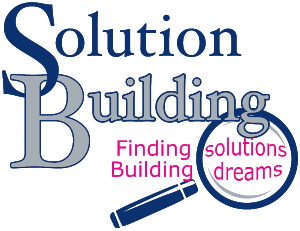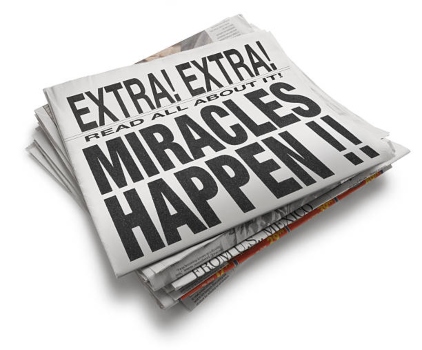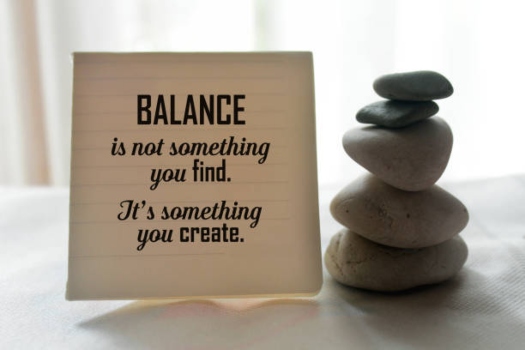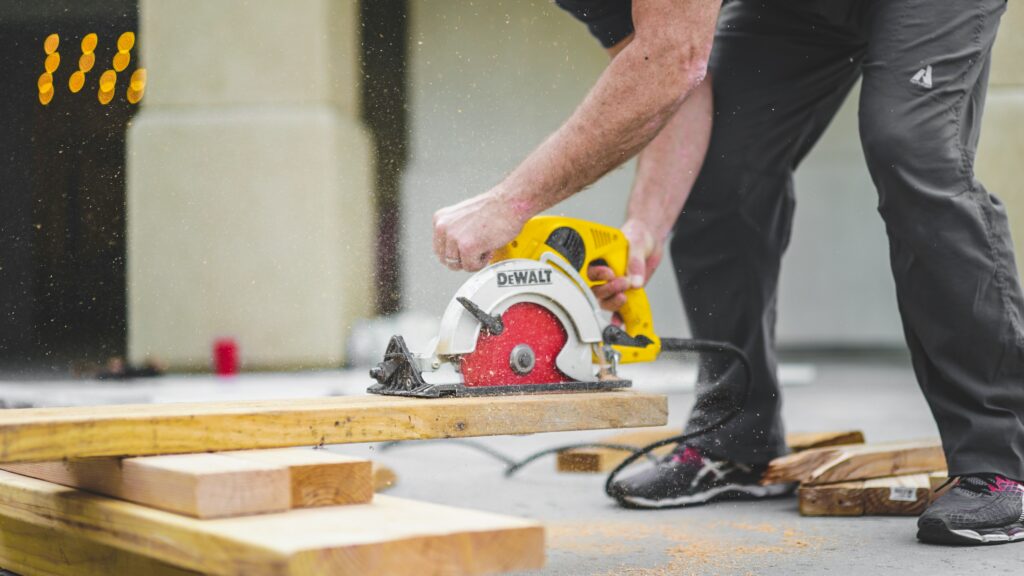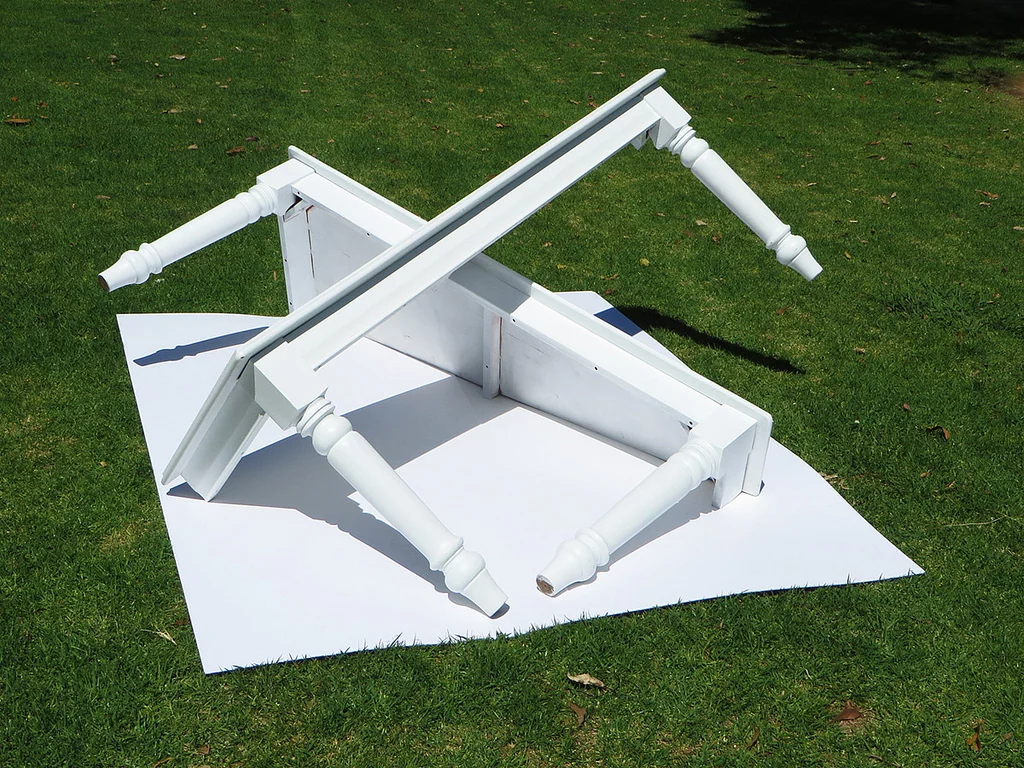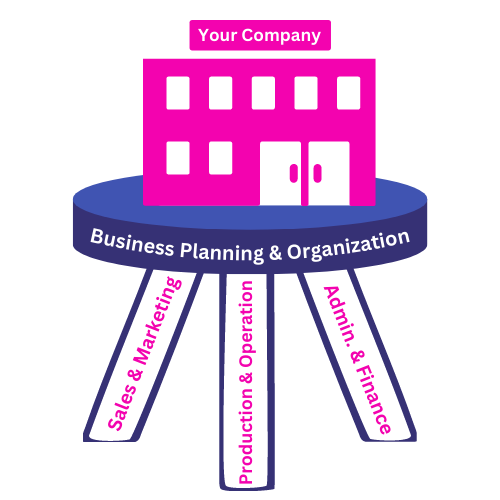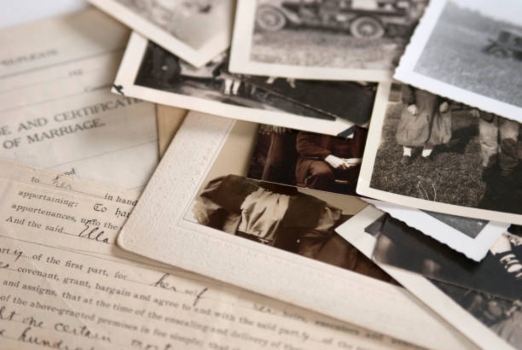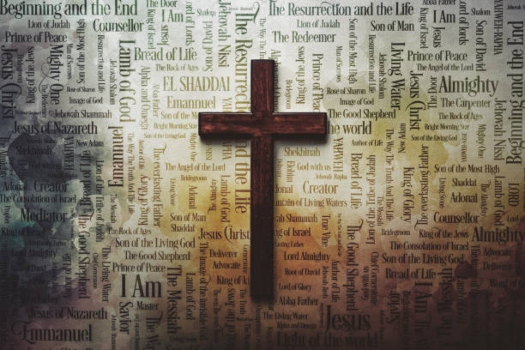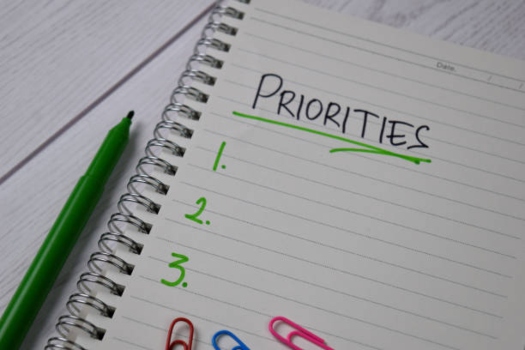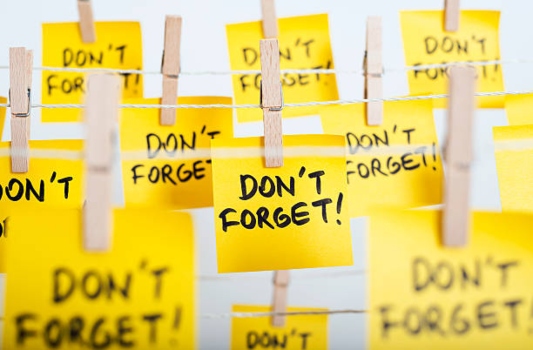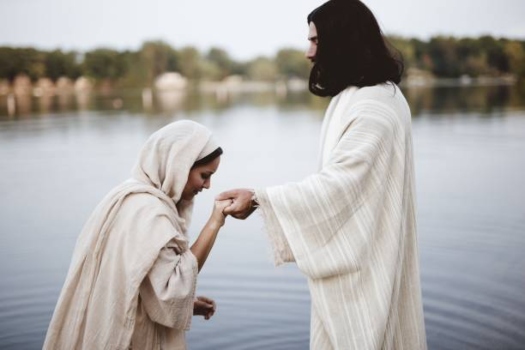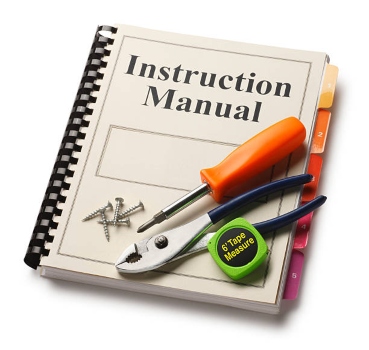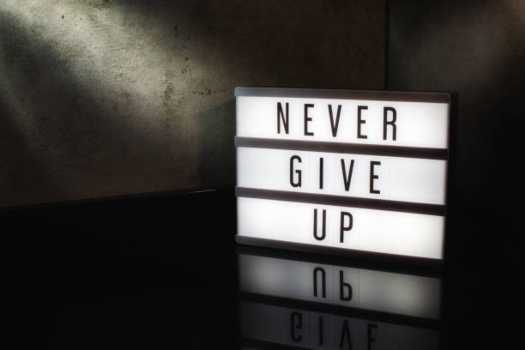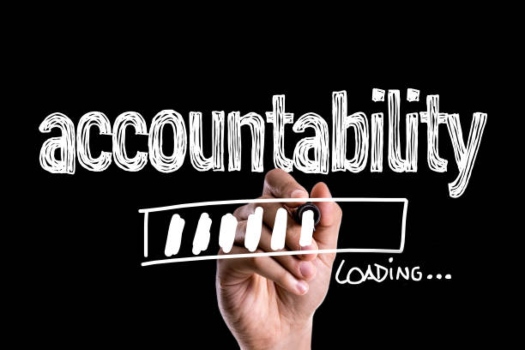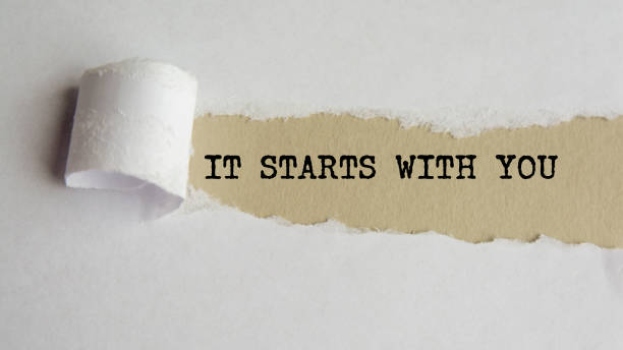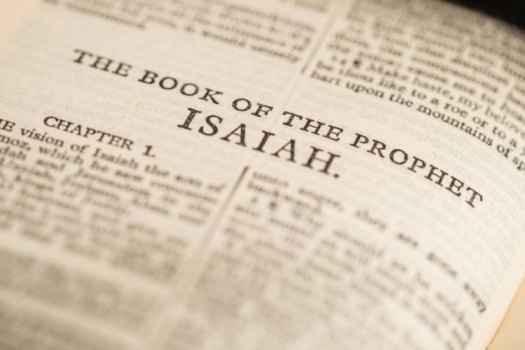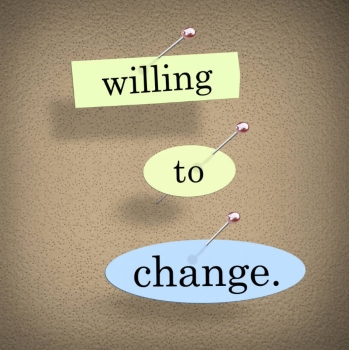Why Do We Overlook Them?
John the Baptist was put in prison by Herod for sharing the message of Jesus. John had spent his whole life declaring the message of the coming Messiah. As he was trapped there in prison, he may have been having second thoughts about this. Had he got this wrong? Was Jesus really the Messiah?
While he was in prison, John sent two of his disciples to Jesus to find out. When they went to Jesus, they found Him curing people who had diseases, sicknesses and evil spirts. Also, he was giving sight to many who were blind. (Luke 7:21)

They asked Jesus, “Are You the one who’s coming, or should we look for someone else?” (Luke 7:20)
He answered them, “Go back, and tell John what you have seen and heard:
Blind people see again, lame people are walking, those with skin diseases are made clean, deaf people hear again, dead people are brought back to life, and poor people hear the Good News.” (Luke 7:18-23)
Jesus was telling these disciples and John the things they had been taught. These things had been predicted in Isaiah.
Last week we looked at Isaiah telling us about the Messiah in chapter 9. Between chapter 9 and chapter 34, Isaiah is telling the people of the harsh judgement to come. That’s a lot of chapters about what the people can expect because of how they have been living.
In chapter 34, Isaiah switches it up.
He goes back to the message of hope for restoration.

He tells the people that God is coming. Deserts will become green. The Lord will display His glory. He is coming to strengthen those who have tired hands and encourage those who have weak knees. He will say to those with fearful hearts,
“Be strong, and do not fear, for your God is coming to destroy your enemies. He is coming to save you.”
And when He comes, this is what it will look like:
“He will open the eyes of the blind and unplug the ears of the deaf. The lame will leap like a deer, and those who cannot speak will sing for joy! Springs will gush forth in the wilderness, and streams will water the wasteland. The parched ground will become a pool, and springs of water will satisfy the thirsty land. Marsh grass and reeds and rushes will flourish where desert jackals once lived.” (Isaiah 35:1-10)
These miracles that Isaiah predicted happened.
We’ve heard of these miracles that Jesus did. The Bible is full of examples of Jesus performing miracles.
Miracles just happened in the Bible though…right? Wrong.
The world around us is full of miracles. It’s nothing but miracles.
Miracles don’t have to be some miraculous healing (not that they can’t be). Doctors, nurses and medicine are miracles. Technology that allows us to communicate virtually with people around the world is a miracle. The fact that the sun comes up right on schedule every morning, as it has for thousands of years, is a miracle.
I think Albert Einstein summarized it will when he said, “There are only two ways to live your life. One is as though nothing is a miracle. The other is as though everything is a miracle.”
The world is a miracle full of miracles. We just need to open our eyes and see them.

